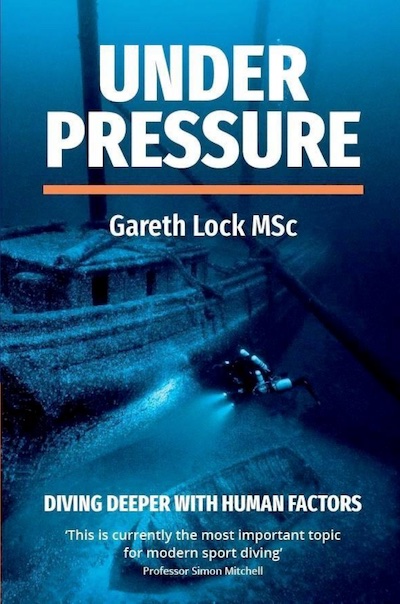Learn Why Checklists Matter in Diving
Scuba diving requires attention to detail, situational awareness, and disciplined procedures. A well-structured checklist significantly reduces errors, enhances safety, and improves overall dive experiences.
The Role of Human Factors in Diving Errors

I was introduced to checklists in diving when I read Gareth Lock's book Under Pressure - Diving Deeper with Human Factors. You can explore his blog here and here. Checklists reduce errors, prevent cognitive overload, and mitigate normalization of deviance in diving.
Benefits of Using a Dive Checklist
- Consistency: Ensures no critical step is overlooked.
- Reduced Cognitive Load: Frees up mental resources.
- Emergency Preparedness: Reinforces response procedures.
- Buddy Communication: Creates a shared pre-dive process.
- Increased Confidence: Provides peace of mind before the dive.
Printed Checklist Best Practices
- Keep sections concise: 5-8 lines with no more than 5-8 words per line.
- Use a readable font size (at least 0.10in / 2.5mm).
- Utilize simple prompts instead of detailed instructions.
- Organize into logical sections for efficiency.
- Allow time gaps between checklist steps.
- If interrupted, restart the section before continuing.
Common Mistakes When Using Checklists
- Skipping steps due to overconfidence.
- Rushing through without verifying items.
- Using checklists inconsistently, leading to missed items.
- Failing to update checklists as gear or procedures change.

